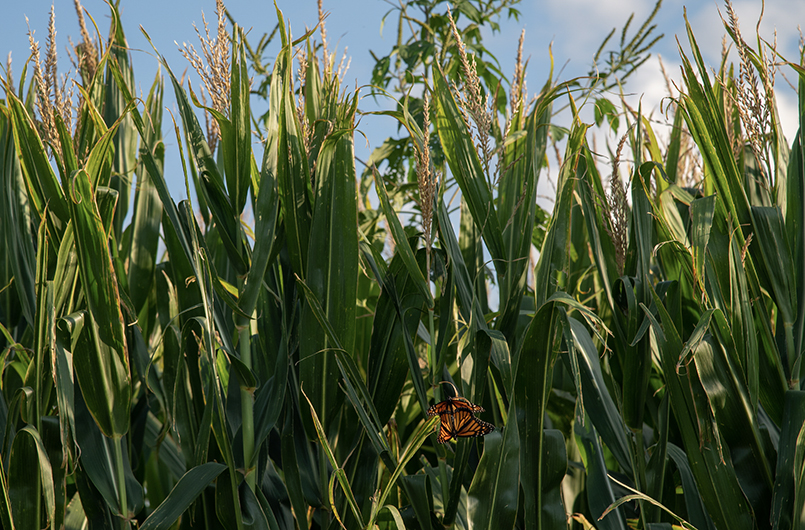
by Zach Pinto
Corporate attention on nature-related supply chain impacts has increased in recent years – and more and more corporates are starting to set targets and think through impact needs. According to McKinsey & Company, the percentage of companies that have nature-related targets or acknowledgements increased from 56 to 74% between 2022 and 2023.
Although there is not yet as much alignment on standards, protocols, and market infrastructure, corporates have aligned on 4 main types of project outcomes that they are hoping to see: 1) protection, 2) regeneration, 3) stewardship / maintenance of ecological value, and 4) adaptation to climate change impacts. All high-impact projects should prioritize the generation of these outcomes.
In addition, high impact projects should align with some of the standards that are, for now, starting to gain traction and adoption. These include:
>>> The Kunming-Montreal Post-2020 Global Biodiversity Framework – a global agreement that contains 3 targets specifically aligned to the business community.
>>> The Taskforce on Nature-related Financial Disclosures (TNFD) – a voluntary framework focused on corporate impacts on nature as well as nature-related financial risks to their investments.
>>> The Science-Based Targets Network – a global target-setting framework that has released guidance on setting science-based targets for nature focused on a mitigation hierarchy for projects that avoid, reduce, restore & regenerate, and transform biological systems.
Lastly, projects should aim to align with the metrics gaining the most traction right now. To date, there is no agreement on the extent to which a ‘credit’ system can be applied to biodiversity, and what qualifies a credit as ‘high quality’, like with greenhouse gas emissions and offsets / insets.
In the meantime, corporates are prioritizing 5 main metrics: species richness, species abundance, species threat, species evenness, and ecosystem integrity; and they are prioritizing them in the context of a bigger picture indicator known as biodiversity net gain – if the project is making measurably positive impact (‘net gain’) on biodiversity, compared to a baseline.
By continuing to prioritize ecological stewardship and aligning with the industry trends for standards, businesses can contribute meaningfully to the preservation and restoration of biodiversity while navigating the evolving landscape of corporate sustainability.
About the Author
Zach Pinto | Director of Carbon and Ecosystem Service Markets
Zach promotes company strategy and client success by assisting industry groups, food and ag companies, and farmers on their sustainability goals. Zach has worked on carbon issues for stakeholders across the agriculture value chain and in a wide array of commodities, developing expertise in farm-level carbon accounting, MRV platform usage, voluntary and compliance market schemes, science-based targets, ESG reporting, and strategic planning.